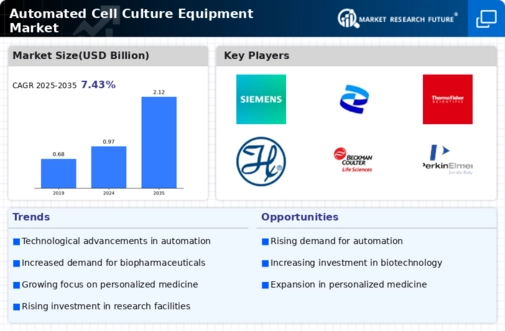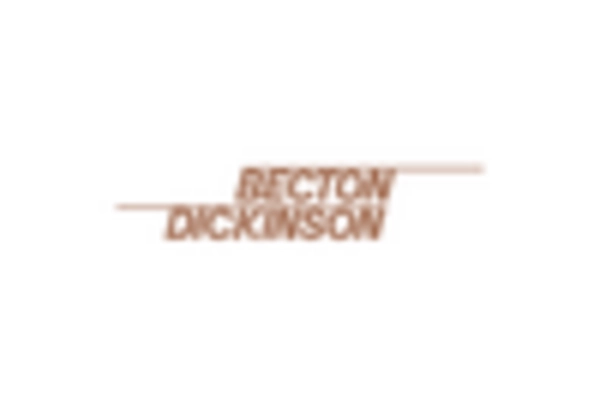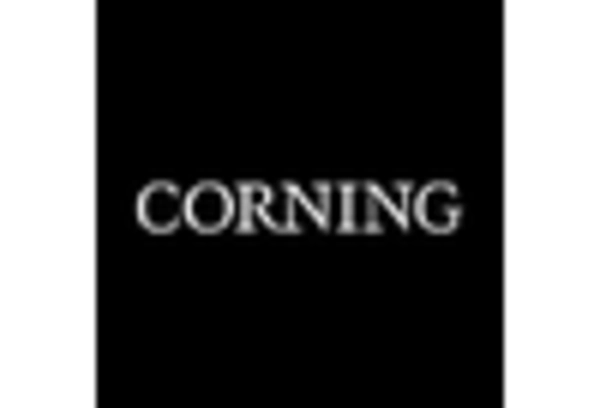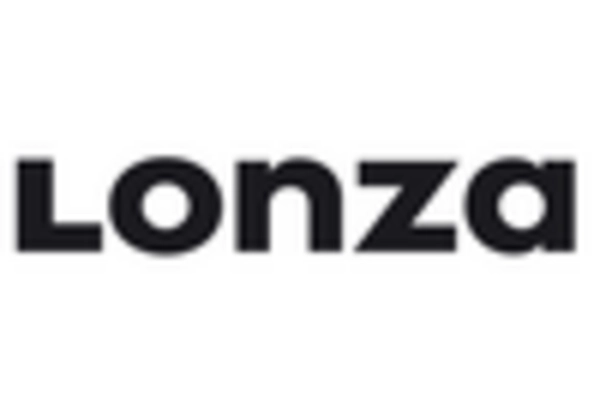Market Trends
Key Emerging Trends in the Automated Cell Culture Equipment Market
The world is facing a significant challenge with the increasing prevalence of chronic diseases and genetic disorders. According to the Centers for Disease Control and Prevention (CDC), in 2019, about 60% of adults globally were dealing with chronic diseases, and this percentage is even higher among elderly individuals. Shockingly, it's estimated that around 70% of adults will eventually succumb to one or more chronic diseases. The situation is alarming as it poses a serious threat to public health.
To provide some context, in the United States alone, a staggering 84.1 million people were diagnosed with prediabetes in 2019. This condition is a precursor to more severe health issues like diabetes. Furthermore, chronic lung disease affects one in every five premature babies, underscoring the vulnerability of the youngest members of our population. Breast cancer is also a prevalent concern, with one in every eight women being diagnosed with this disease.
As individuals age, the likelihood of facing chronic diseases increases. According to CHRODIS PLUS, an initiative funded by the European Commission and other organizations, a striking eight out of ten people aged 65 and above suffer from one or more chronic diseases. These conditions include heart disease, stroke, cancer, diabetes, and Alzheimer's disease. The economic impact of chronic diseases is substantial, with European Union (EU) economies spending a massive 115 billion euros annually, equivalent to almost 0.8% of their GDP. Notably, a significant portion, ranging from 70-80%, is allocated to the treatment of chronic diseases.
Turning our attention to genetic disorders, there are over 10,000 different types globally, caused by abnormalities in one or more genes. These disorders often run in families, meaning they can be inherited by children from their parents. The Royal Society's case study in 2017 revealed that over half a million people in the United Kingdom alone were diagnosed with a genetic disorder, emphasizing the widespread impact of these conditions. Some genetic disorders, like familial hypercholesterolemia, are more prevalent in certain regions. For instance, in the UK, around 0.4% of the population, or 1 in 250 people, are affected by familial hypercholesterolemia. Additionally, certain disorders are rarer but more common in specific ethnic groups, such as cystic fibrosis, which affects a higher number of people in Scotland compared to the global average.
The causes of genetic disorders extend beyond gene mutations and can include environmental factors and chromosomal damage. This complexity underscores the challenges associated with addressing and preventing these conditions. While methods like DNA sequencing, gene therapy, and genome editing are emerging as potential solutions, there is a growing interest in regenerative medicine. This field holds promise for treating and mitigating the impact of both chronic diseases and genetic disorders. As the demand for regenerative medicine continues to rise, it is expected to drive market growth in the coming years, offering hope for improved health outcomes and a better quality of life for individuals facing these health challenges.

















Leave a Comment